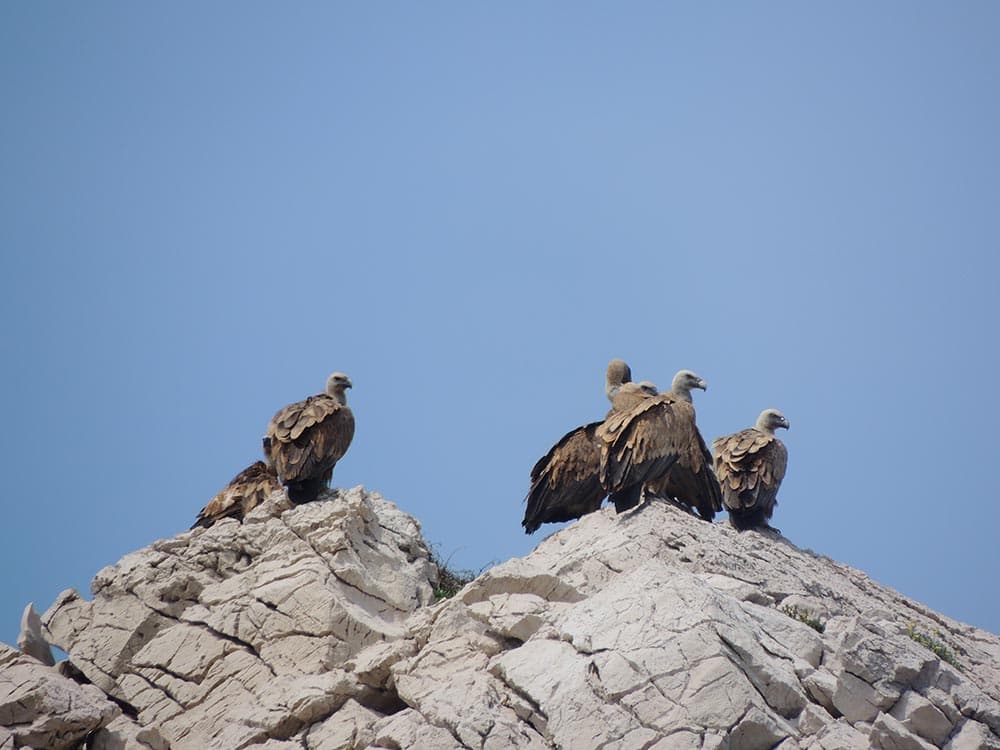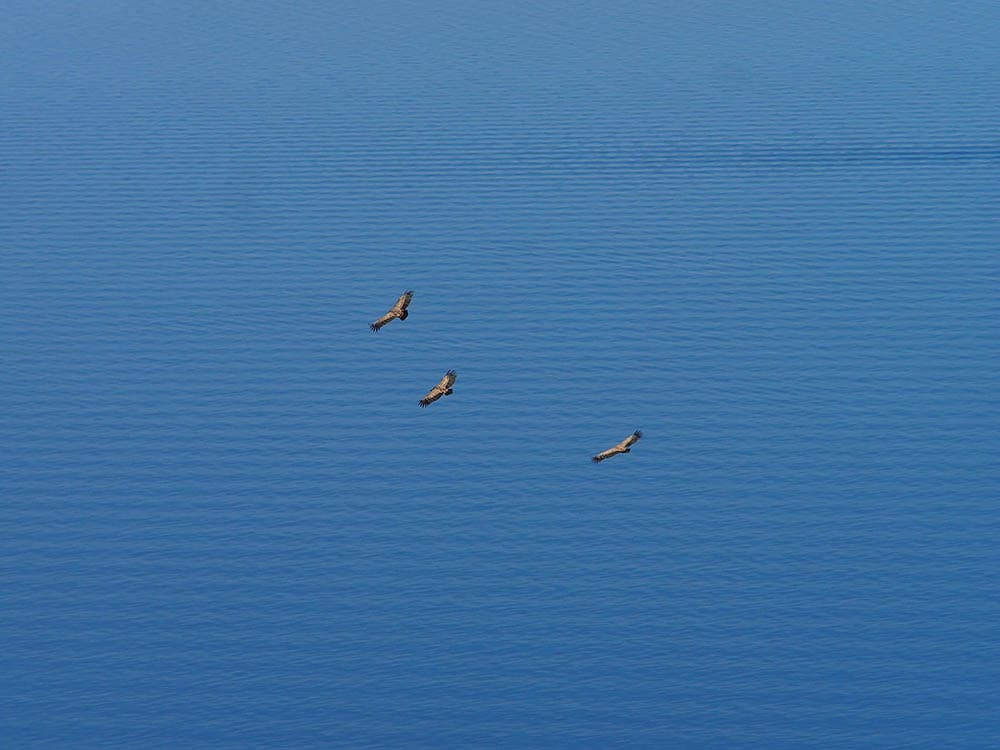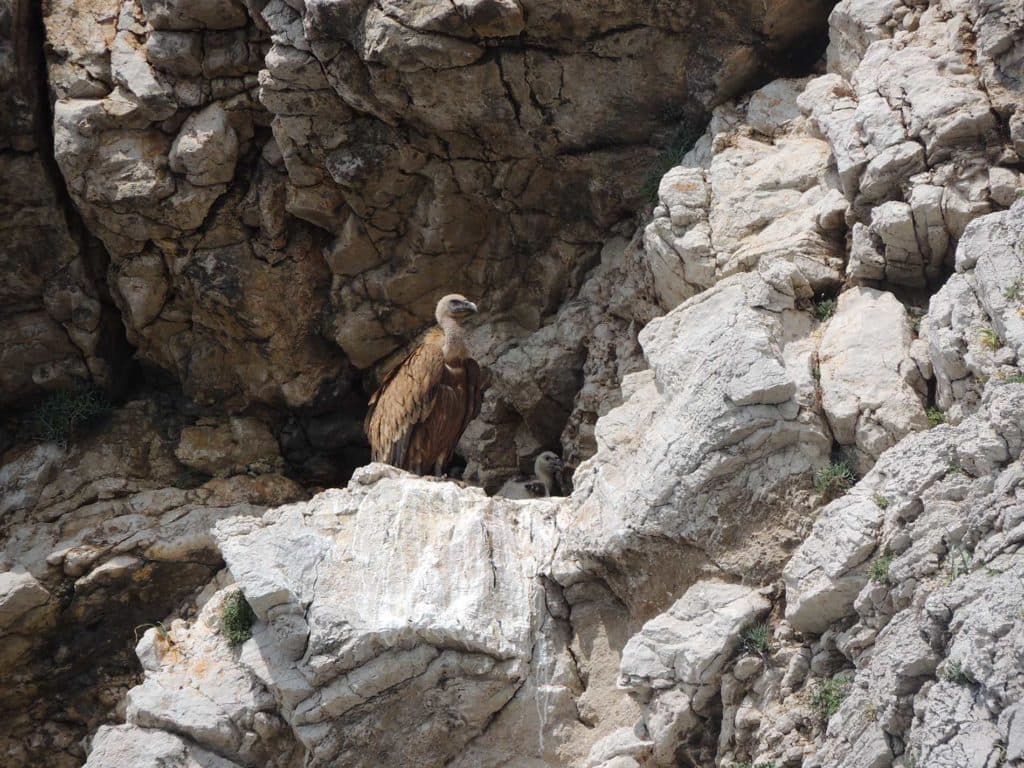The griffon vultures (Gyps fulvus), renowned as Croatia’s largest birds, charm spectators with their expansive 240 to 280 cm wingspan, holding a vital yet underappreciated role in our ecosystem. While they were once prevalent across Croatia, these scavengers, with their impressive wings and hygienic disposition, now predominantly nest on the Kvarner islands - Cres, Krk, Prvić, and Plavnik, harboring a population dubbed the “Kvarner population”. Uniquely, they construct their nests atop cliffs overlooking the serene sea - a stark contrast to their global counterparts who prefer the ruggedness of mountainous terrains.

Table of contents
Open Table of contents
An Aerial Journey and Lifestyle
Embarking on expansive journeys post their first flight, these young wanderers explore terrains as distant as Africa, only to return to the familiar cliffs of Kvarner upon reaching sexual maturity around 4 or 5 years of age. With loyalty that echoes through their lifetime partnerships, griffon vultures collaboratively construct nests, nurture their single egg (laid between December and January), and raise their young with diligent care.

An Engaging Spectacle in the Skies of Cres
Visitors to Cres Island are often treated to the spectacular sight of these magnificent creatures gently soaring through the skies, scouring the land beneath with minimal wing flaps and maintaining flight with an awe-inspiring grace. Their quest for sustenance, predominantly the carcasses of freely grazing sheep, underpins their pivotal role in curtailing the spread of diseases and enhancing ecosystem health.
Threats Looming Over the Majestic Scavengers
Despite their ecological significance and cultural embodiment as symbols of Cres Island, the griffon vultures face numerous perils, including the decline in available food sources, accidental collisions, and more alarmingly, poisoned baits, an incident in 2004 on Rab Island substantiates the latter, claiming 21 vultures inadvertently.

Advocacy and Conservation at The Beli Visitor Centre
Highlighting the plight and majesty of these vultures, the Beli Visitor and Rescue Centre for Griffon Vultures stands as a beacon of conservation and education on Cres Island. It not only offers refuge to injured or poisoned vultures, ensuring their recuperation and subsequent release but also serves as a pivotal point for disseminating knowledge about these remarkable birds, advocating for their protection, and inspiring visitors with the vultures’ enchanting flight above the tranquil Croatian seas.